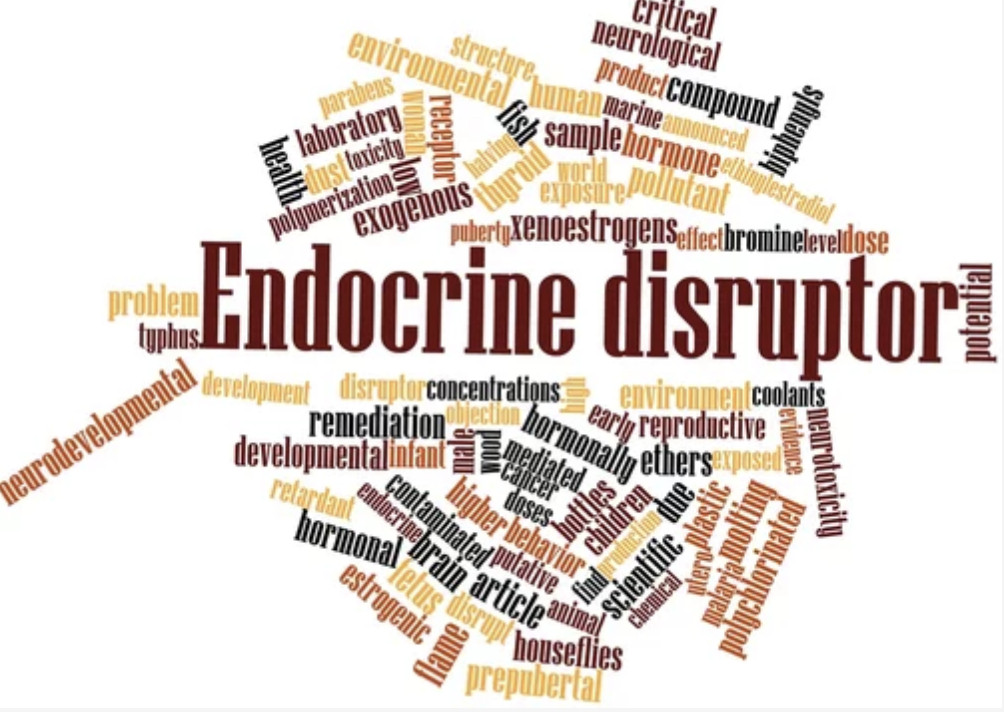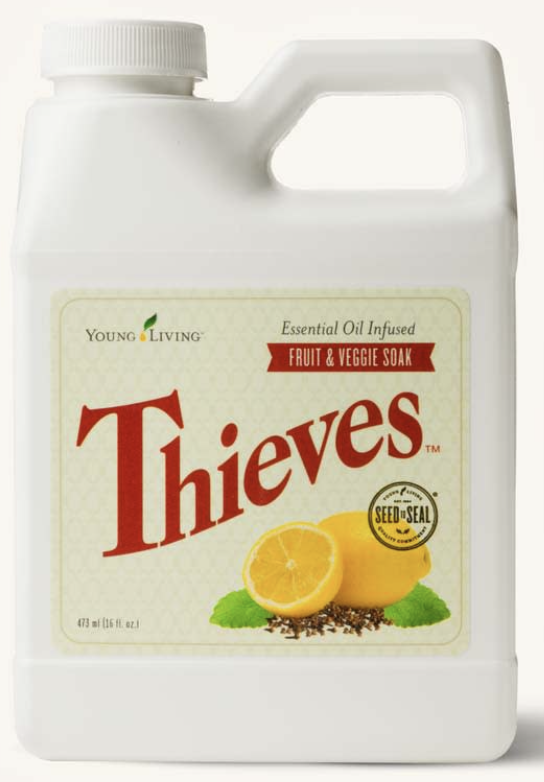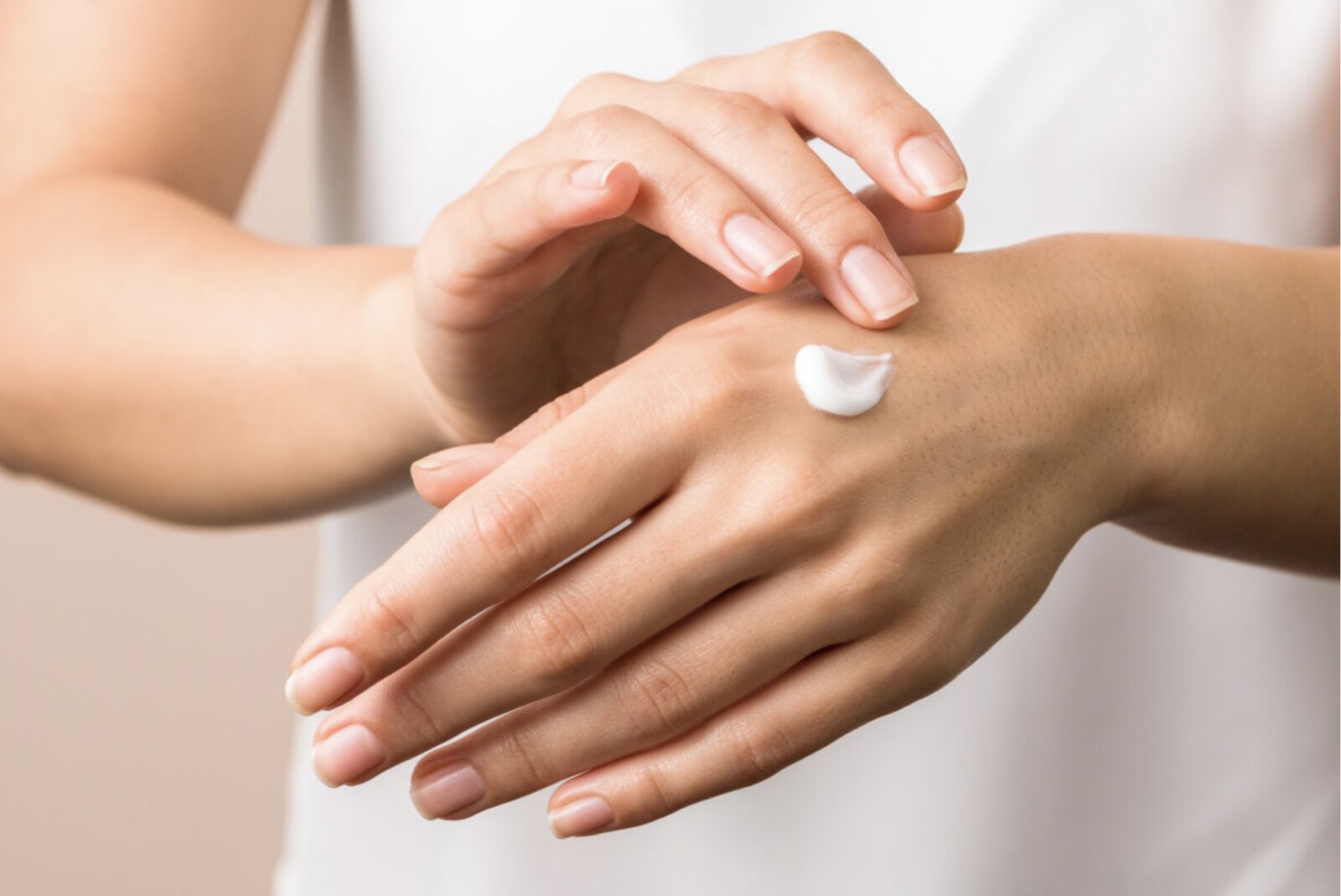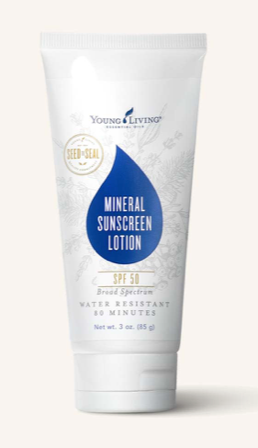
1. Pesticides
- Buy organic when you can- it contains less pesticide residue.
- Use Young Living’s Veggie Fruit &Veggie Soak to remove the pesticide & dirt residue you’re your fruits and vegetables.

2. Phthalates
- Dust and vacuum frequently, with a HEPA filter, when possible, to lower the risk of exposure.
- Avoid anything made of vinyl.
- Steer clear of products containing the mystery ingredient “fragrance”. Found in a wide range of personal care products and cleaners, it’s usually a mystery brew of thousands of chemicals.
3. Parabens
- Parabens
- Butyl
- Propylparaben
4. Perchlorate
5. Heavy Metals
6. PFAS (as a class)
7. BPA
8. Oxybenzone


One of the Worst Things You Could Slather on for ‘Protection’

Evidence of Toxicity Exists for Several Sunscreen Ingredients
Many Sunscreen Ingredients Have Endocrine Disrupting Effects
- Avobenzone
- Homosalate
- Meradimate
- Octisalate (also known as octyl salicylate)
- Octinoxate (octyl methoxycinnamate)
- Octocrylene
- Oxybenzone (also called benzophenone-3)
- Padimate O
Some Sunscreen Ingredients Are Also Neurotoxic
- Octyl methoxycinnamate — Found to decrease motor activity in female rats and alter the release of a number of different neurotransmitters
- Benzophenone-3 (oxybenzone) — Decreases cell viability of neurons, and upregulates estrogenic-related genes in male animals
- Benzophenone-4
- 4-methylbenzylidene camphor — Decreased cell viability and impaired neuronal development in lab animals
- 3-benzylidene camphor
- Octocrylene — Impaired expression of genes related to brain development and brain metabolism
Reduce Your Risk of Sunburn With ‘Internal Sunscreens’
How to Choose a Safer Sunscreen
Other Sensible Sunning Tips
- Give your body a chance to produce vitamin D before you apply sunscreen. Expose large amounts of your skin (at least 40% of your body) to sunlight for short periods daily. Optimizing your vitamin D levels may reduce your risk of many internal cancers, and actually reduces your risk of melanoma as well.
- Stay out just long enough for your skin to turn the very lightest shade of pink. Shield your face from the sun using a safe sunscreen or hat, as your facial skin is thin and more prone to sun damage, such as premature wrinkling.
- When you’ll be in the sun for longer periods, cover up with clothing, a hat, or shade (either natural or shade you create using an umbrella). A safe sunscreen can be applied after you’ve optimized your skin’s daily vitamin D production, although clothing is your safest option to prevent burning and skin damage.
Keep in mind that in order for sunscreen to be effective, you must apply large amounts over all exposed areas of your skin. This means the product should not trigger skin allergies and must provide good protection against UVA and UVB radiation. It also should not be absorbed into your skin, as the most effective sunscreen acts as a topical barrier.
- Consider the use of an “internal sunscreen” like consuming a healthy diet full of natural antioxidants is another highly useful strategy to help avoid sun damage. Fresh, raw, unprocessed foods deliver the nutrients that your body needs to maintain a healthy balance of omega-6 and animal-based DHA omega-3 oils in your skin, which are your first lines of defense against sunburn. Vegetables also provide your body with an abundance of powerful antioxidants that will help you fight the free radicals caused by sun damage that can lead to burns and cancer.

Say what? Don’t you know how to spell?
Ok, so Fragrance itself is technically one word, but I would argue the word is so bad it should be treated as a FOUR LETTER WORD. And here is why!
Fragrance is a nice way of saying “Toxin” and marketers would never say “Toxin” is an ingredient ….so they use other “nice” words like perfume, parfum, aroma on their labels…..but buyer beware.
FDA Definition
Fragrance is defined by the FDA as a combination of Chemicals that gives each perfume or cologne (including those used in other products) its distinct scent.
Fragrance products are exempt from Food and Drug Administration (FDA) testing, which deepens the frustration for users trying to find out what’s actually in their perfumes.
What is in a Fragrance
Fragrance ingredients may be derived from petroleum or natural raw materials. Companies that manufacture perfume or cologne purchase fragrance mixtures from fragrance houses (companies that specialize in developing fragrances) to develop their own proprietary blends.
More than 95 percent of the chemicals in synthetic fragrances are derived from petrochemicals. These chemicals include: benzene derivatives, aldehydes, phthalates, and a slew of other known toxins that are capable of causing cancer, birth defects, nervous-system disorders and allergies--some of which are cited on the EPA's hazardous waste list.
According to the Environmental Working Group (EWG), the average fragrance product tested contained 14 secret chemicals not listed on the label.
Did you catch that? The company does not have to tell you what CHEMICALS they used to make it smell! So, they just use “Fragrance” on the label! I would bet the house that their ingredients are NOT natural!
Deceptive….yes….but legal….according to the FDA!
Fragrance secrecy is legal due to a giant loophole in the Federal Fair Packaging and Labeling Act of 1973 which requires companies to list cosmetics ingredients on the products' labels….BUT EXPLICITLY exempts “fragrance, reports EWG.
In the U.S., manufacturers can legally hide hundreds of synthetic chemicals in the one word--"fragrance"--without revealing what those ingredients are. It's referred to as a "trade secret" in the industry. But really, it's simply a loophole big enough to drive a fuel truck though. This excuse to not label fragrance ingredients was initiated in an era when the major fragrance houses lobbied to protect their secret formulas made from flowers and oils. But those days are long gone. What the government is protecting now are manufacturers who have a license to poison the American public with more than 3,000 chemicals that are being absorbed, inhaled, and ingested daily.
What type of Product is “fragrance used in”?
This amount of products that contain the ingredient ”fragrance” is mind-numbing! This list is not exhaustive, but will give you an idea of just how extensive this toxin can be found in:
- Perfume
- Cologne
- Conditioners
- Shampoos
- Body Wash
- Moisturizers
- Laundry Products
- Household cleaners
- Air fresheners
- Candles
- Sunscreen
- Soaps
- Deodorants
- Dryer Sheets
- Fabric Softeners
- Cosmetics
- Facial Cream
- Skin Toner
- Serums
- Exfoliating scrubs
And what do they all have in common? They touch your body in some fashion and are absorbed in your bloodstream!
Children are exposed to fragrance chemicals primarily through direct skin contact and through the inhalation of some compounds (volatile organic compounds or VOCs) that readily evaporate from the scented product into the air.
What is the potential Health Impact?
- Exposure to fragrance chemicals can cause:
- Headaches
- Eye, nose, and throat irritation
- Nausea
- Forgetfulness
- Loss of coordination
- Respiratory symptoms
- Neurotoxic symptoms
- Many fragrance ingredients are:
- Respiratory Irritants and sensitizers
- Trigger asthma attacks
- Aggravate sinus conditions
- Fragrance chemicals are the number one cause of allergic reactions to cosmetics – not only by the primary users but also to those who breathe in the chemicals as secondhand users.
- Phthalates in fragrances are known to disrupt hormones and are linked in animal studies to malformations of the penis, as well as adverse effects on the developing testes.
So what can you do to protect yourself?
Well, to start with,
- READ THE LABEL on the product! If it contains the word “Fragrance, or Blue #8 then it most likely contains toxins!
2. Secondly, Don’t be fooled by products labeled with “natural fragrance,” because there are no standard criteria for what these words mean. These can be just as unsafe as fragrances not described this way, so skip these products too.
3. If you see the words “fragrance-free” or “unscented”, your Spidey senses should kick into action. You also have to check the ingredient list, because sometimes manufacturers use masking fragrances to cover the chemical smell of their products.
4. USE YOUNG LIVING PRODUCTS! Any Young Living Product does not contain any “fragrances” or “Phthalates”. They are from plants for God’s sake! Young Living products take the smell of the plant, with no synthetics added.
SUMMARY
I hope I have given you enough information and knowledge to make the best choice for you and your family. Education and Knowledge is power and that is why I wrote this blog….so you can see for yourself the dangers of “fragrance”!
Remember the phrase “ Buyer Beware”. Now you are armed!
References used for this blog article:
https://www.forceofnatureclean.com/truth-about-toxic-fragrances/
https://cehn.org/our-work/eco-healthy-child-care/ehcc-faqs/fragrances/
https://www.huffpost.com/entry/five-mustknows-on-the-dan_b_4737654
https://www.healthline.com/health/perfume-poisoning
https://www.fda.gov/cosmetics/cosmetics-labeling/trade-secret-ingredients















